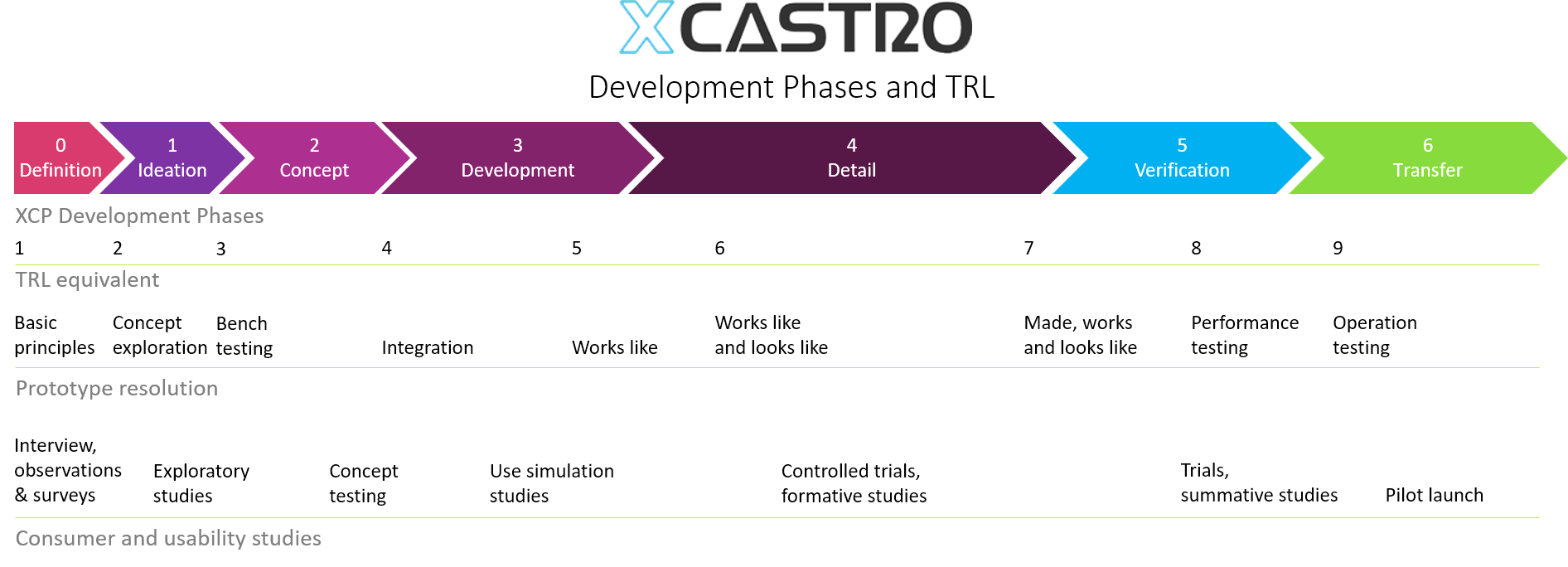How to develop a product
A great deal of my work involves explaining and planning the process to develop a new product. There is no “secret” recipe that can guarantee a effective outcome. But if you follow a few guidelines, the possibilities of achieving commercial success will increase dramatically. On the other hand, it is important that investors, inventors and entrepreneurs familiarize with the product development process that will be followed. This helps in setting up realistic expatiations, budgets and timescales that will help reach planned targets.
My process begins by understanding the innovation and commercial opportunity. Clients can have different motivations to develop a product, but usually fits within two categories. One is to commercialize a technology that has been developed; The second one, is to serve a market that has an unmet need that has been identified. In other words, one is technology driven, where there might not be a clear view of the commercial opportunity. And the other has a clear commercial opportunity but could lack the technology to deliver it.

In this sense, the first thing that we would look, is to have a clear technology and commercial overview for the project. This is what I call Definition, and it requires a high level evaluation of the opportunities and risks to stablish the aspects that will drive the product success.
The next step in my process is to explore how the product could be embodied and how functionality aspects will be resolved. During this process several models, calculations and designs will be produced and evaluated. All designs will have a low level of resolutions but would serve to decide which design direction is to be followed and which technical solutions are to be developed.
The following step is to create a concept design, where we will have a clear view of how the product will look and feel and how functional or mechanical features will be resolved. In other words, prove the technical and commercial feasibility. At this stage two or more prototypes will be produced, one to test each functional or mechanical aspect and a “looks like” model that will not be functional. The prototypes will serve to evaluate the consumer experience and de-risk technical challenges.
Once the design is defined, we move to the development phase. At this point we will define all the product features and produce functional prototypes that can be used for consumer trials. In other words, we will prove the technical and commercial feasibility. The porotypes will be made using rapid prototyping technologies that will allow fast iterations if necessary.
The last part of the design process is to detail all the product features and optimize the design to meet cost, functional and performance requirements. At this stage we will select materials and processes and conduct Design for Manufacturing (DFM) activities. Suppliers would be shortlisted and a 1st off or pilot prototype will be produced using tolled components. Since tooling requires a considerable investment, we detail and review as much as possible the design to reduce the risk of producing two tool iterations.
Once we have a final product we conduct engineering testing to ensure that the design meets the requirements and that is safe to user. Also we would review it with consumers. For medical products we conduct Design Verification in a accordance with the quality plan and system that we may have established.
Finally, we would transfer the design into manufacturing and start scale production. At this point we work side by side with the manufacturers to ensure the smoothest transition and that quality is maintained to the required level.
.jpg)


